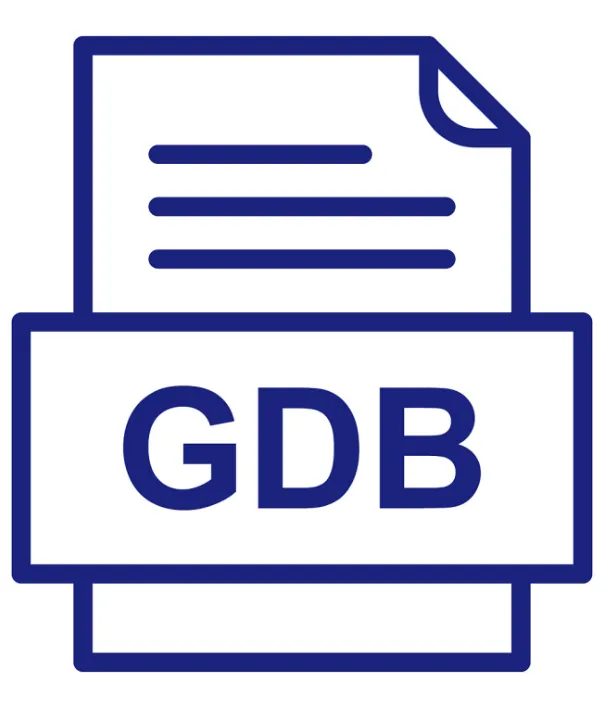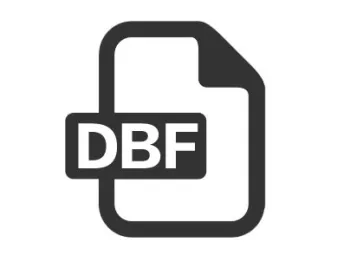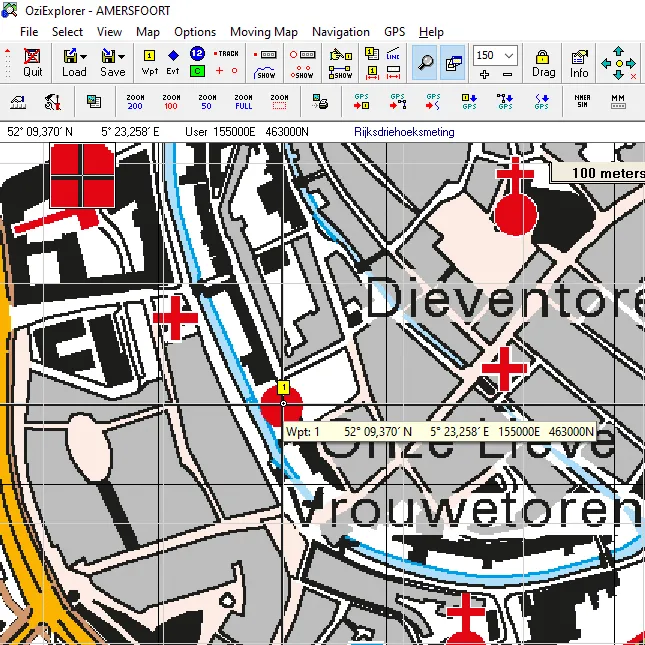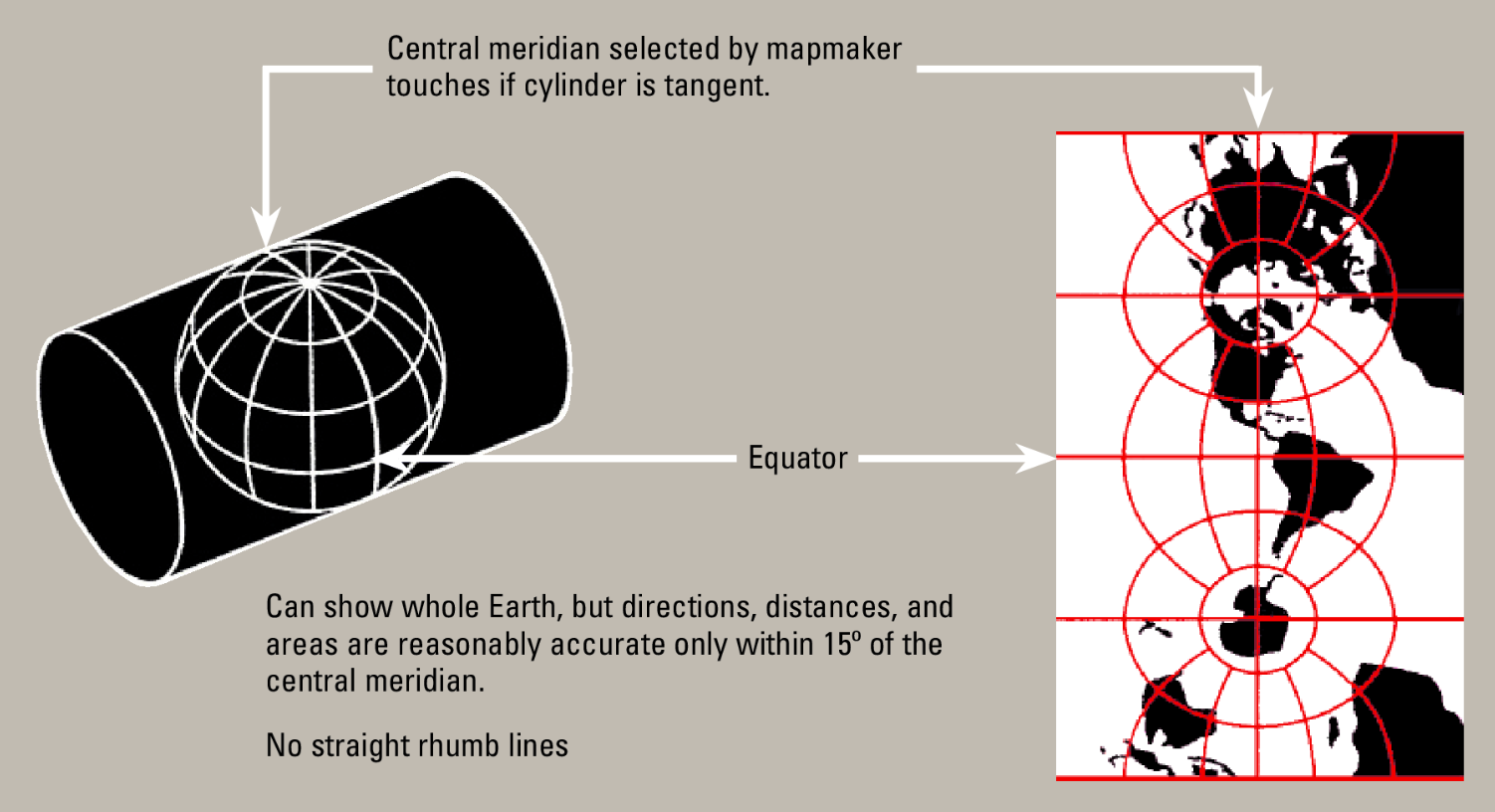GDB(File Geodatabase)
GDB file refers to the storage format of File Geodatabase, which is developed by Esri and used in its ArcGIS platform. It is one of the common spatial data management formats in the current Geographic Information System (GIS). File Geodatabase provides an efficient way to store, manage and query various spatial data. Unlike traditional single file storage, GDB file is a folder structure containing multiple files, which can store vector data, raster data and non-spatial table data.
2025-09-16 14:47:34DBF(DataBase File)
**DBF **(DataBase File) is a file format for storing data, first introduced by the dBASE database system. It is widely used as a storage method for attribute data in GIS file formats such as Shapefile, and can record the non-spatial attribute information of each spatial element, facilitating data analysis and query.
2025-09-16 14:47:19RD New (Rijksdriehoeksmeting New | EPSG:28992)
RD New (Rijksdriehoeksmeting New) is the national reference coordinate system of the Netherlands and the standard projection coordinate system for geographic information measurement and map production. The coordinate system is based on the Transverse Mercator Projection, with Amersfoort as the origin. It is widely known as EPSG code 28992. The system is designed to manage spatial data throughout the Netherlands with high accuracy and is currently widely used in public and private fields such as land management, urban planning, infrastructure design, and disaster response.
2025-09-16 14:47:10Transverse Mercator Projection
Transverse Mercator projection is a conformal cross-cylindrical projection that cuts the Earth ellipsoid along the meridian (central meridian) and unfolds it into a plane. It is widely used in large-scale topographic mapping and national coordinate systems (such as the UTM coordinate system) in mid-latitude regions.
2025-09-16 14:46:59LERC (Limited Error Raster Compression)
LERC (Limited Error Raster Compression) is a lossless and lossy compression algorithm for raster data developed by ESRI. It is mainly used in GIS and remote sensing fields, and is optimized for raster data with continuous floating point or integer values. Unlike other image compression formats (JPEG, PNG, etc.), the goal of LERC is to “maximize the compression ratio while maintaining spatial accuracy.”
2025-09-16 14:48:06Autodesk Navisworks
Autodesk Navisworks is a BIM integrated review software developed by Autodesk. It features the ability to integrate, validate, and simulate multiple 3D models (Revit, AutoCAD, Civil 3D, etc.) and is suitable for fields such as architecture, civil engineering, and plant design.
2025-09-16 14:48:13RST(reStructuredText)
RST file, or reStructuredText file, is a lightweight markup language that uses simple markup syntax to write documents. It was first created and developed by David Goodger in 2002 and is mainly used for document writing and formatting. RST files usually have the extension “.rst” and use some specific symbols and structures to represent the various parts of the document, such as titles, lists, links, references, etc.
2025-09-16 14:47:29Robinson Projection
Robinson projection is a compromise projection designed by Arthur H. Robinson in 1963 at the request of the Rand McNally Company. It was developed using graphic design rather than mathematical equations to provide a balanced visual effect for world maps. The projection is a pseudo-cylindrical projection. The meridians are regularly distributed curves that imitate elliptical arcs. They are concave to both sides with the central meridian as the center and do not intersect the parallels perpendicularly. The parallels are unequally distributed straight lines. The equator, the poles, and the central meridian are all projected as straight lines. The length of the central meridian is 0.5072 times the length of the projected equator, and the length of the polar line is 0.5322 times the length of the equator. The graticule is symmetrical along the equator and the central meridian. It is neither conformal nor equal-area, which will cause shape, area, distance, direction, and angle distortion. Area distortion increases with increasing latitude, but is not affected by changes in longitude. High latitudes will be exaggerated. Angular distortion is moderate near the center of the map and increases toward the edges. Distortion values are symmetrical along the equator and the central meridian.
2025-09-16 14:47:01TPK (Tile Package)
TPK (Tile Package) file is a file format for packaging raster or vector map tiles used by ESRI’s ArcGIS platform. It is mainly used for viewing maps offline or embedding maps in applications, and the extension is “.tpk”. Tiles are a collection of images that divide a map or aerial photo into different zoom levels, and TPK is a single compressed file containing all these images.
2025-09-16 14:48:06NWD (Navisworks Document)
NWD (Navisworks Document) is a common file format in GIS (Geographic Information System) for storing and sharing 3D modeling data. NWD files are generated by Autodesk’s Navisworks software, which allows users to integrate 3D models, point cloud data, engineering information, etc. from multiple sources into a centralized project file.
2025-09-16 14:47:39
 Service
Service










